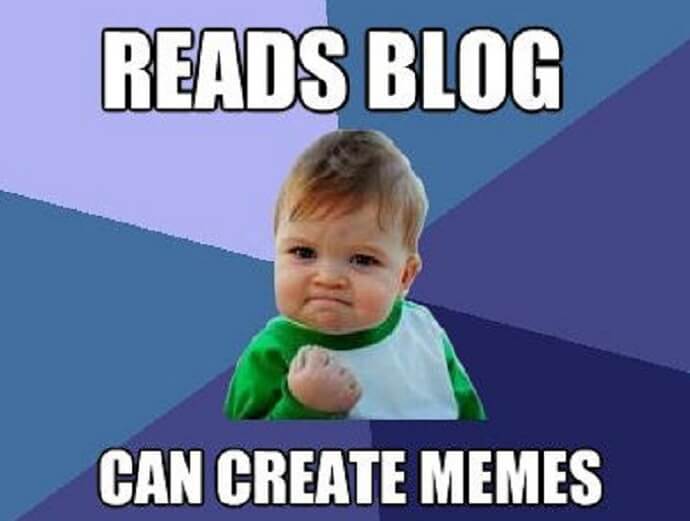Brace Yourself
This is a blog about memes

Writing about memes seems weird. Like trying to explain an ‘inside joke’.
You just ‘know’ what a meme is, but it’s really hard to describe when you think about it, so I’m going to leave that to the Oxford Dictionary:
MEME: An image, video, piece of text, etc., typically humorous in nature, that is copied and spread rapidly by internet users, often with slight variations.
The digital phenomenon of the meme might seem simple and a bit reductive or crude as a form of communication, but they’re fascinating and surprisingly complex to execute well.
I’ve seen them used really well by a few companies on their social media platforms, but I’ve also seen them fall really flat. Either because they’re just not funny, too forced, or they cross the line between being humorous and are plainly offensive.
A meme should be interesting, simple, catchy, funny, relatable, engaging and recognisable in it’s design.
There’s an art to creating and using them, and it’s honestly hit and miss. There’s a special balance of humor, social relevance and tone that makes them successful.
Key rules for success:
Consider your audience – memes are great if your audience is internet savvy young adults, not great if your audience is traditional, conservative or professional.
Don’t force it – the tech savvy youngsters will see straight through you.
Don’t do it ‘wrong’ – a bit like repeating an inside joke you don’t actually understand – you will be judged.
Don’t overdo it – memes are great for showing personality, don’t forget to show your substance too.




